Table of Contents
- What is a Dog Training Shock Collar?
- Understanding the Different Types of Shock Collars
- How Does a Shock Collar Work in Dog Training?
- The Pros of Using a Shock Collar in Dog Training
- The Cons of Using a Shock Collar in Dog Training
- Alternatives to Using a Shock Collar in Dog Training
- Choosing the Right Training Method for Your Dog
- Tips for Safe and Effective Use of a Shock Collar in Dog Training
- Common Mistakes to Avoid When Using a Shock Collar in Dog Training
- Final Thoughts: Is a Shock Collar Right for Your Dog?
What is a Dog Training Shock Collar?
A Dog Training shock collar is a device that uses an electric shock to train a dog. It consists of a collar with an embedded battery-powered device that delivers an electrical shock to the dog’s neck. The collar is operated by a remote control that the owner holds, allowing them to administer the shock at the right time during training.
Shock collars are often used in dog training to correct unwanted behaviors such as excessive barking, digging, jumping, or even aggression. The idea is that the shock will deter the dog from repeating the behavior, leading to faster results and a better-trained dog.
There are different types of shock collars on the market, some with varying levels of shock intensity, vibration, and beep options. While shock collars can be effective in some cases, they can also be harmful to dogs if not used properly. It’s important to understand the risks associated with shock collars and to use them under the guidance of a professional dog trainer who can ensure their safe and effective use.
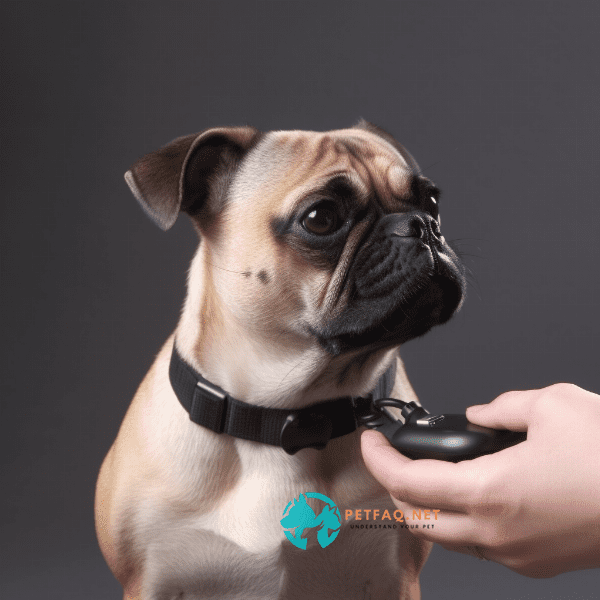
Understanding the Different Types of Shock Collars
When it comes to Dog Training Shock Collars, there are several different types to choose from. Understanding the different types of shock collars available on the market can help you make an informed decision about which one is best for your dog.
One type of shock collar is the static shock collar, which delivers an electric shock to the dog’s neck when triggered. Another type is the vibration collar, which uses vibration to communicate with the dog rather than a shock. A third type is the citronella collar, which sprays citronella when the dog barks, which many dogs find unpleasant.
There are also collars with multiple modes, such as beep and shock, allowing the owner to choose the type of correction that is most effective for their dog. Some collars also offer different levels of intensity, allowing for a more customized training experience.
It’s important to note that not all types of shock collars are suitable for all dogs. Some dogs may be more sensitive to the shock, while others may not respond to vibration or citronella. Therefore, it’s crucial to consult a professional dog trainer before deciding on a shock collar and to always use the collar in the safest and most humane way possible.
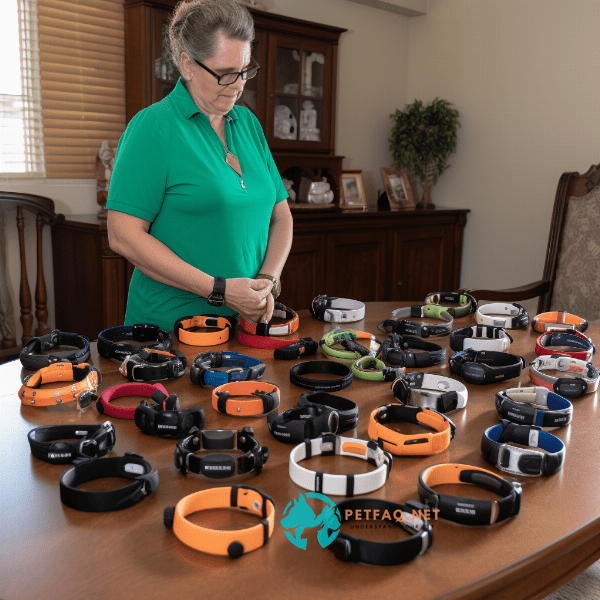
How Does a Shock Collar Work in Dog Training?
A shock collar works by delivering an electric shock to a dog’s neck when triggered by a remote control. The intensity of the shock can vary, depending on the model and the settings chosen by the owner. The idea behind using a shock collar in dog training is to correct unwanted behavior by using the shock as a deterrent.
When a dog exhibits a behavior that the owner wants to correct, such as barking excessively, the owner can press a button on the remote control, which sends a signal to the collar to deliver a shock. The shock is intended to stop the behavior in its tracks, and over time, the dog will learn to associate the unwanted behavior with the shock and stop doing it.
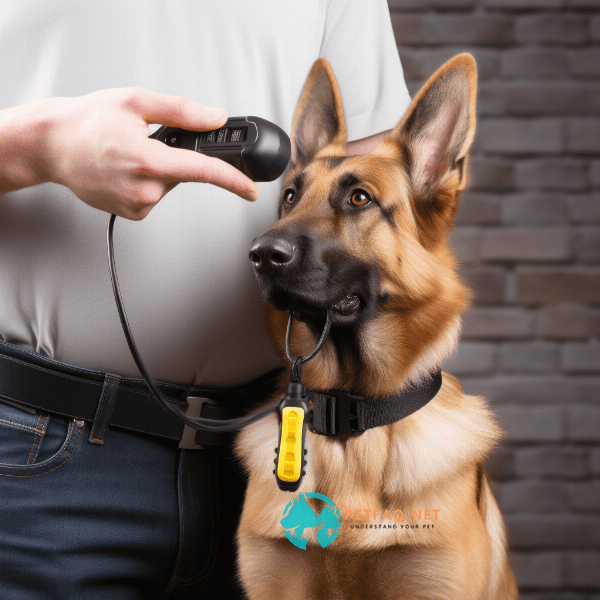
The Pros of Using a Shock Collar in Dog Training
While the use of shock collars in dog training remains a controversial topic, there are some pros to using them in certain situations. One advantage is that a shock collar can be effective in correcting certain types of unwanted behavior, such as excessive barking, digging, or jumping. When used appropriately, the shock collar can be a quick and effective way to communicate with the dog and reinforce training commands.
Another advantage of a shock collar is that it can be used to reinforce positive behavior. For example, if a dog is trained to stop barking and is successful, the owner can use the shock collar to reinforce the good behavior, leading to faster results and a better-trained dog.
Finally, a shock collar can be particularly useful for dogs that are difficult to train using positive reinforcement techniques. Some dogs simply do not respond well to positive reinforcement and require a more assertive approach. In these cases, a shock collar may be an appropriate tool to use.
It’s important to note that shock collars should only be used after consulting with a professional dog trainer, and the owner must always use the collar safely and humanely. Additionally, it’s crucial to use the shock collar as a last resort after trying positive reinforcement training methods first. While shock collars can be effective in some cases, they should only be used as a tool of last resort and with great care.
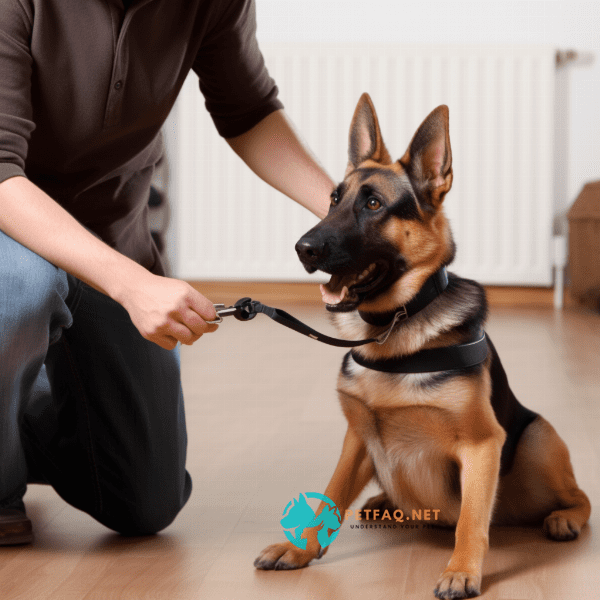
The Cons of Using a Shock Collar in Dog Training
While there are some potential benefits to using a shock collar in dog training, there are also several cons that must be considered. One of the main issues with shock collars is that they can be harmful to dogs if used improperly. Even when used appropriately, there is a risk of physical harm and emotional trauma, such as anxiety and fear.
Another problem with shock collars is that they may not address the underlying cause of the behavior. In some cases, a dog’s unwanted behavior may be the result of an underlying medical or emotional issue, which the shock collar cannot correct. Additionally, using a shock collar may simply suppress the behavior temporarily, rather than addressing the root cause of the problem.
Finally, the use of shock collars is controversial, and many animal welfare organizations oppose their use. Some argue that shock collars are inhumane and can lead to a breakdown of the human-animal bond, resulting in long-term emotional damage.
Overall, while shock collars may have some potential benefits, they should be used with caution, and only after trying positive reinforcement training methods first. It’s important to consult with a professional dog trainer and to use the collar safely and humanely, always prioritizing the health and wellbeing of the dog.

Alternatives to Using a Shock Collar in Dog Training
There are several alternatives to using a shock collar in dog training that are worth exploring before resorting to this potentially harmful tool. One of the most effective and popular alternatives is positive reinforcement training. This involves rewarding the dog for good behavior with treats, praise, and attention, rather than punishing them for bad behavior. Positive reinforcement training has been shown to be effective in a wide range of situations and is a humane and gentle approach to dog training.
Another alternative to shock collars is clicker training. This involves using a clicker to signal to the dog when they have performed the desired behavior, followed by a reward such as a treat. Clicker training is a form of positive reinforcement and can be a highly effective way to teach new behaviors and commands.
Other alternatives to shock collars include vibration collars, which deliver a vibration to the dog’s neck rather than a shock, and ultrasonic collars, which emit a high-pitched sound that is unpleasant to dogs but inaudible to humans.
Overall, there are many alternatives to using a shock collar in dog training, and it’s important to explore these options before resorting to a potentially harmful tool. Positive reinforcement training, clicker training, and alternative collar options are all effective and humane approaches to dog training that can help build a strong, positive relationship between owner and pet.
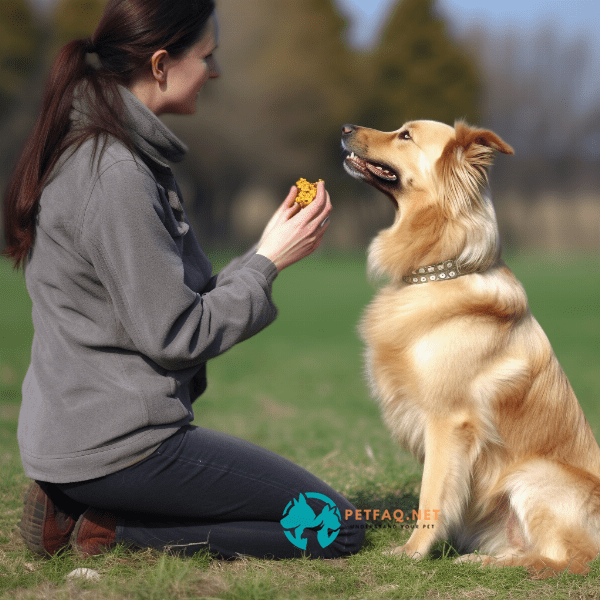
Choosing the Right Training Method for Your Dog
When it comes to choosing the right training method for your dog, it’s important to consider their individual temperament, behavior, and needs. While some dogs may respond well to positive reinforcement and clicker training, others may require a more assertive approach.
Before considering the use of a shock collar, it’s crucial to consult with a professional dog trainer to assess the behavior of your dog and determine the most appropriate training method. A good trainer will evaluate your dog’s personality, temperament, and behavior and recommend the best approach to achieve the desired results.
When choosing a training method, it’s also important to consider your own personality and training style. Positive reinforcement training requires patience, consistency, and a willingness to reward good behavior, while more assertive methods such as shock collars require a firm hand and a willingness to take charge.
Ultimately, the most important factor in choosing a training method is the wellbeing of your dog. Any training method should be humane, safe, and respectful of the dog’s needs and emotions. By working with a professional trainer and carefully considering your dog’s individual needs, you can choose the right training method and build a positive, rewarding relationship with your furry companion.

Tips for Safe and Effective Use of a Shock Collar in Dog Training
While the use of a shock collar in dog training can be controversial, there are some tips to keep in mind if you decide to use one. These tips can help ensure the safe and effective use of a shock collar in dog training.
First and foremost, it’s essential to choose a high-quality shock collar from a reputable manufacturer. Cheaper collars may be poorly designed and can cause harm to your dog.
It’s also crucial to read the instruction manual carefully and follow the manufacturer’s guidelines for use. Be sure to start with the lowest possible level of shock and gradually increase it until you find the level that works best for your dog. Never leave the collar on for extended periods, and be sure to remove it when your dog is not being trained.
When using a shock collar, it’s important to use positive reinforcement in conjunction with the collar. This means rewarding your dog for good behavior and using the collar only as a last resort.
Finally, it’s crucial to use a shock collar only for specific training purposes, such as teaching a specific command or correcting a specific behavior. The collar should never be used as a punishment, and should always be used in a way that is safe and humane.
By following these tips, you can ensure that the use of a shock collar in dog training is safe and effective, helping you to achieve the desired results without harming your beloved furry friend.

Common Mistakes to Avoid When Using a Shock Collar in Dog Training
When using a shock collar in dog training, there are several common mistakes that owners should avoid in order to ensure the safety and effectiveness of the collar. These mistakes can lead to negative consequences for your dog and may even damage your relationship with them.
One common mistake is using the collar too often or for prolonged periods. This can cause physical harm to your dog and may lead to a negative association with the collar.
Another mistake is failing to use positive reinforcement in conjunction with the collar. Shock collars should never be used as a punishment, and it’s crucial to reinforce good behavior through rewards and positive attention.
Additionally, some owners make the mistake of using the shock collar for inappropriate reasons, such as to stop barking or to punish general misbehavior. This can lead to confusion and fear in your dog, as they may not understand what they are being punished for.
Finally, it’s important to avoid using the collar in situations where it may cause harm, such as near water or in extreme temperatures.
By avoiding these common mistakes and using the collar safely and appropriately, you can effectively train your dog while maintaining a positive relationship with them.
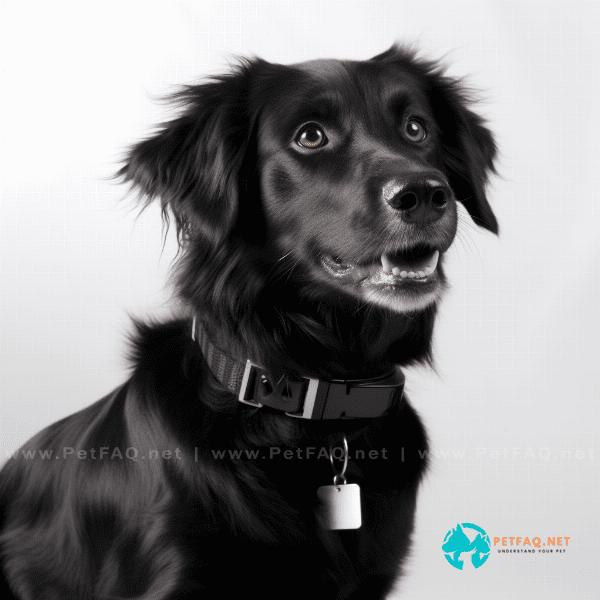
Final Thoughts: Is a Shock Collar Right for Your Dog?
The decision to use a shock collar in dog training is a highly personal one, and it ultimately depends on a variety of factors, including your dog’s individual needs and behavior, your own training style, and your willingness to invest time and effort into training your furry friend.
While a shock collar can be a highly effective tool in training certain dogs, it’s important to remember that it’s not a magic solution for all behavior problems. It’s also crucial to consider the potential risks and drawbacks of using a shock collar, such as physical harm and the potential for negative associations with the collar.
Before deciding to use a shock collar in dog training, it’s important to consult with a professional trainer, carefully evaluate your dog’s individual needs and temperament, and weigh the potential risks and benefits of the collar.
Ultimately, the decision to use a shock collar in dog training should be made with the safety and wellbeing of your dog as the top priority. By working with a professional trainer and approaching training with patience, consistency, and a commitment to positive reinforcement, you can build a strong, positive relationship with your furry companion and help them to become the best possible version of themselves.

Frequently Asked Questions (FAQs) about Dog training shock collar:
1. Are dog training shock collars effective?2. Noise Pollution: Some dog training shock collars emit loud beeping or buzzing sounds that can disturb neighbors and violate noise pollution laws.
3. What are the potential risks associated with using a dog training shock collar?
4. How do you properly use a dog training shock collar?
5. Are there any alternatives to using a dog training shock collar?



